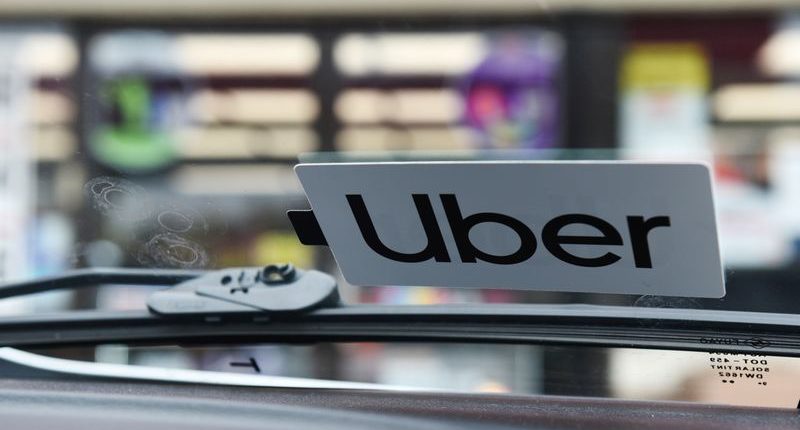The transportation regulator in India’s southern IT Hub of Karntaka, has now introduced a unified fare structure, applicable to both conventional city taxis and app-based aggregators such as Uber and Ola. The new order was released by the department on Saturday, and is applicable across the state with immediate effect. Passengers can now expect a consistent and transparent fare structure across taxis and ride-hailing services alike.
The recent directive from the Karnataka Transport Department introduces a simplified and uniform fare structure, seeking to establish a standardized framework for taxi services across the state. Earlier, the fares were different for the two categories of taxis, with cab aggregators such as Ola, Uber applying a ‘Surge’ based on demand and supply balance. That, is now expected to go away with aggregators not allowed to collect any additional charges.
At the core of the new fare structure is a meticulous categorization of vehicles based on their cost, introducing a three-tiered classification to establish a transparent and straightforward fare system. For vehicles up to ₹10 lakh, the minimum fare is set at ₹100 for the initial four kilometers, accompanied by an additional charge of ₹24 per kilometer for distances beyond. For vehicles between ₹10 lakh and ₹15 lakh, the minimum fare is fixed at ₹115 for the first four kilometers, supplemented by a per-kilometer cost of ₹28. And for vehicles exceeding ₹15 lakh, the upper echelon of vehicle cost mandates a minimum fare of ₹130 for the initial four kilometers, with a subsequent charge of ₹32 for every additional kilometer traveled.
What impact will the introduction of a uniform fare structure have? For one, this move is set to bring standardization across both traditional city taxis and app-based aggregators. App-based aggregators and traditional taxis will now operate under the same fare guidelines, potentially fostering healthy competition. This standardization may prompt platforms to focus on service quality and innovations rather than engaging in pricing wars. The development also sets a precedent for other regions and states to re-evaluate and streamline their taxi fare structures, and potentially adopt uniform fare structures for their own regions and states as well.
The new uniform fare structure also makes allowances for waiting charges – the initial five minutes of waiting time will incur no charges, with subsequent waiting time attracting a nominal fee of ₹1 per minute. Furthermore, taxis that have been booked between 12 am and 6 am have the flexibility to levy an additional 10% surcharge, providing a regulated mechanism for nighttime travel. “Earlier, there were separate fares for app-based and city taxis. Additionally, each category had minimum and maximum fares, which we have now eliminated. We decided to introduce uniform fares for all taxis/cabs. Further, we removed the non-AC category from the fare structure, as all vehicles now come equipped with AC facilities,” L Hemanth Kumar, additional commissioner for transport and secretary of Karnataka State Transport Authority, said.
App-based aggregators are now authorized to collect a 5% Goods and Services Tax (GST) from passengers, contributing to a transparent delineation of additional costs, while passengers may be subjected to toll charges as well. Provision has been made for luggage as well – it is free for the first 120 kg, and ₹7 will be charged for every 30kg or part thereof. “Under the previous system, there were concerns over both driver’s earnings and costs to the passengers,” Tanveer Pasha, president, Ola Uber Drivers’ and Owners’ Association, commented on the matter.





